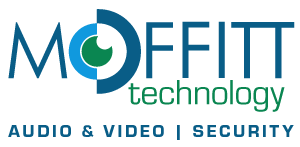As citizens and employees continue to work from home and adhere to social distancing rules, the ability of employees to collaborate with colleagues is more essential than ever for the majority of large companies and organizations. Much of this communication is now done through video applications utilizing remote networks.
Video communication has been around for a while, with popular technology companies offering their own platforms.. Zoom, Skype and Cisco Webex Meetings are all popular programs used for personal or professional use. Collaborative tools such as Google Docs, email, and instant messaging make working together and sharing information very easy.
Let’s review a few pros and cons of popular apps for working together in today’s business climate.
Zoom Advantages
Zoom is a popular choice for web conferencing, with over one million participants every day. Using Zoom, you can:
- Conduct live video chat
- Access meeting analytics
- Screen-share during a call
- Record your sessions
- Utilize brainstorming sessions with whiteboard feature
- It has very wide usage and a free version
In addition, Zoom can be used to hold webinars. Using a custom registration URL, you can invite attendees to your webinar.
Zoom Disadvantages
Zoom isn’t a perfect tool. If you’re considering using Zoom, here are a few things you should know about the platform.
First, Zoom can be expensive for larger teams. The cost depends on which tier you choose, such as Pro vs. Business vs. Enterprise. Second, while Zoom has some innovative features, such as white-boarding, polling, and remote control, it can be difficult to use. Another disadvantage of Zoom is the video quality, which can be blurry and pixelated.
Skype Advantages
Skype is a great platform for connecting with friends, family, co-workers, and clients from all over the world.
With Skype, you can:
- Use IM, hold video chats, and make local, domestic, and international calls.
- Utilize screen and document sharing that supports large files
- Use white-board, post a poll, and Q&A session features
Skype Disadvantages
Despite having better video and audio quality than Zoom, Skype is known to freeze up and not as popular as Zoom.
Cisco Webex Advantages
Cisco Webex Meetings is part of Cisco’s video conferencing and collaboration product suite and its advantages include:
- Video conferencing hosts a wider range of control including co-browsing, file transfers, and the ability to remove attendees from the meeting.
- Hosts can also lock and unlock the focus on a participant during the meeting. That’s important because it means all attendees can see who is talking
- Hosts can also protect meetings with a password
- Cisco Webex Meetings are also generally smooth and high quality with good video and audio playback and very little lag
- The meeting organizer can assign a dedicated note-taker or let all participants take notes directly in the software. Once the meeting is over, the notes can be saved on each note taker’s computer, making the task of following up on the online meeting much easier. Notes can also be shared with the participants during the meeting.
Cisco Webex Disadvantages
One downside to Webex is the extra fee charged for the call-me feature. Another negative is that customer support is limited for the free and starter plans. With the free plan, you only have online customer service options, while the Starter plan limits you to calling support representatives during regular business hours.
Depending on the scope and needs of the project, audio-video installation companies can select the tools employees will use both on-site and remotely, and they can also provide the latest in new technology.
Moffitt Technology
Moffitt Technology can help you with your project, no matter the technology platform used for video. We offer start-to-finish installation of intercom systems, video systems, sound systems, and security systems. From single classroom projectors to giant video walls, Moffitt Technology offers full-scale integration of all types of video systems that fit any environment.

Our process at Moffitt is a series of steps designed to ensure that each customer receives a solution that fits their needs and budget. We are your solutions experts and the right people for your video system needs. Contact us today at 1-800-262-1222.
Our Process
The needs analysis is a conversation with a Moffitt representative. The conversation helps bring clarity to the project by identifying needs, scope, budget, and other questions that need to be considered.
In step two, Moffitt technical personnel will evaluate your facility. This includes dimensions, acoustics, ambient light horse, and existing equipment. Further, our trained staff would identify wire paths, structural limitations, and potential safety code issues. The facility evaluation also will help the customer understand what cost tradeoffs his/her organization may be facing and help select technology choices for the project.
Step three involves the Moffitt design team producing a functional design that addresses the customer needs within an estimated budget. This step includes equipment selection, preliminary wiring diagrams, equipment and location drawings.
The proposal process includes information about equipment and services offered, payment terms, and the required obligations of both Moffitt Technology and the customer to ensure project success.
Within a couple of days, your equipment will be purchased and your installation is placed on our schedule. Equipment delivery times vary, but you will be informed of a potential installation window within a week. When we have received the last of your equipment, we will confirm our final installation date.
The installation will begin on the scheduled day and we will work diligently to complete your project on time. Moffitt technicians are trained to the latest Infocomm standards and experienced in observing all safety requirements each installation demands.
At the conclusion of your project, the Moffitt staff will provide training to ensure the proper use of your new system.
Moffitt is a full-service provider offering ongoing service contracts featuring preventative maintenance and all levels of support.
Contact Moffitt Technology today for help on your next project.

